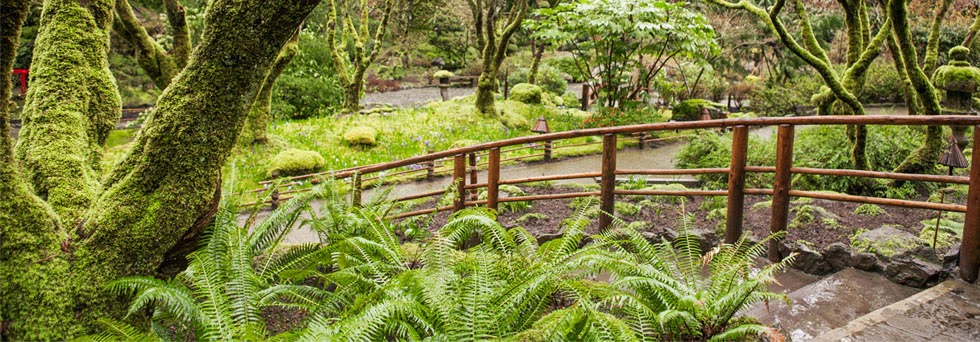The most important thing in looking for raw material is to evaluate the trunk and the Nebari. The Nebari is the roots that you can see lying at the surface of the soil. A good Nebari adds the appearance of age and dignity to a tree, so this is a crucial part of the future design of the tree. A good trunk line is also very important, so what you want to avoid is a reverse taper where the trunk gets fatter as you go up from the base. Another flawed trunk is the lazy S shape.You see a lot of these for sale on some bonsai websites and they will never make a good bonsai, so avoid them. So picking a trunk with good movement is the first step.
The very best place to start looking for starter material is at old established landscape nurseries, preferably those that grow their own stock. Good materials to start with are the junipers, especially the Japanese Garden Junipers, the Chinese Juniper varieties such as Old Gold, Blauuw and Shimpaku and also the Sabina Junipers such as the Buffalo and Tam. Many of these will be overgrown and will need to be cut back drastically to start with. Always leave healthy growth on junipers when you start cutting them back or the tree could die or lose important branches. If you are new to bonsai take your purchase to a workshop at your local club and have one of the more experienced members help you with initial styling.
 This type of material
This type of materialoffers a lot of possibilities cutting back hard will produce something in a Shohin size or possibly a windswept or cascade style. This tree was a close out for $3.00
Here you have something that can
be developed into an informal upright style that already has a nice trunk line
and branches were you need them,
And here the possibilities are endless, a sea of junipers all for less than $10.00 each.
If your tastes run towards the deciduous varieties such as maples, elms, boxwood's or other species then the same holds true about looking at the trunk and Nebari. With deciduous trees you can cut them back quite drastically and they will pop out new growth all over the tree. This will allow you to pick where you want branches and the final height of the finished bonsai. Just remember in cutting back your tree to plan ahead for where the scars will be from large drastic cuts. Don't be in a big hurry to put your tree into a bonsai pot. Your new pre-bonsai will appreciate you not disturbing the roots at this time as it will grow much more vigorously and heal over cuts if you wait a year or two before starting to reduce the root ball.
When choosing material, make sure that you look at the health of the tree. Healthy plants will have firm glossy foliage and an overall appearance of health. If you start with sick plants it will not only take longer to start working with your tree but you could be introducing a problem to your other bonsai. When purchasing plants from a local nursery you are not only supporting a local business but you can see the health and vitality of the plant before you purchase it. You also will spend $10 to $20 dollars for material that would cost $100 from an online resource.There are some marvelous bonsai nurseries throughout the U.S. that have old material that you can purchase, so you should take the time and visit these nurseries as most do not sell their best material on the Internet.
Another good resource for plant material is your local bonsai club. Many clubs have raffles where members bring in plants that they are willing to sell. Also, the conventions held throughout the country are another good source of bonsai as there are many backyard bonsai growers who only sell at the conventions.
So good luck in your searches, and if you are new to bonsai take someone with you who has had more experience to help you in finding the perfect plant to begin your journey. Half of the fun in bonsai is in the looking and the anticipation of finding that diamond in the rough. For those of you with the years of experience, reach out to those who are new and share your knowledge and just remember there was a time when the shoe was on the other foot.



No comments:
Post a Comment